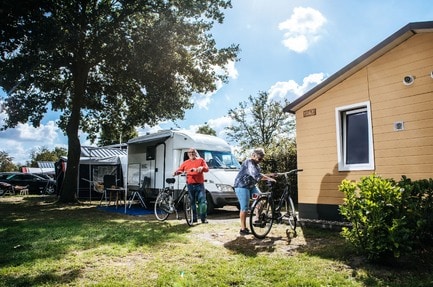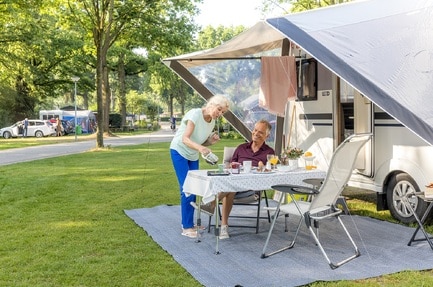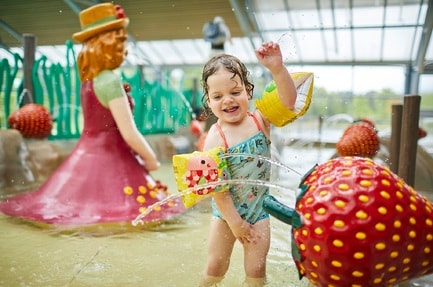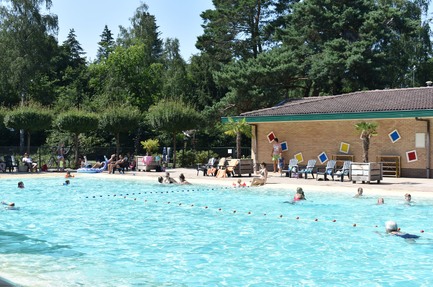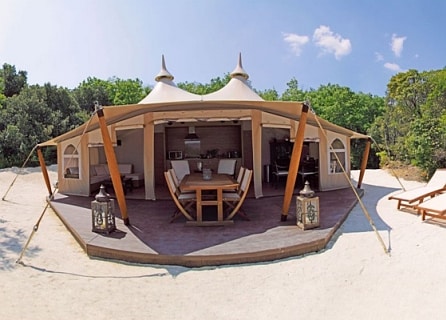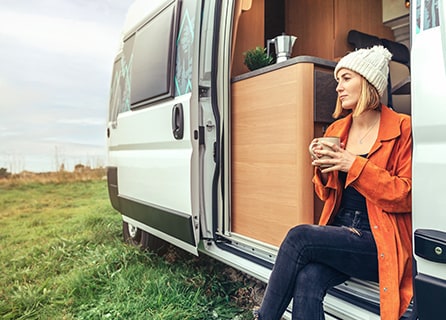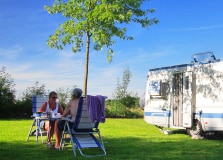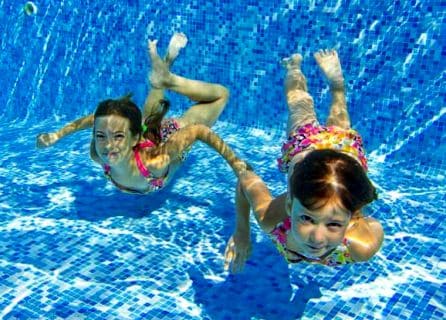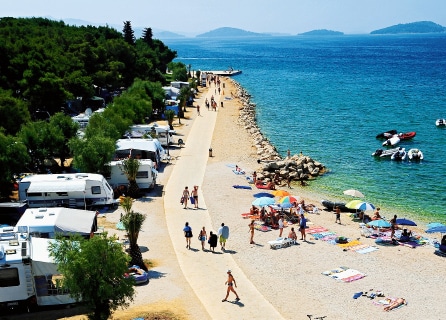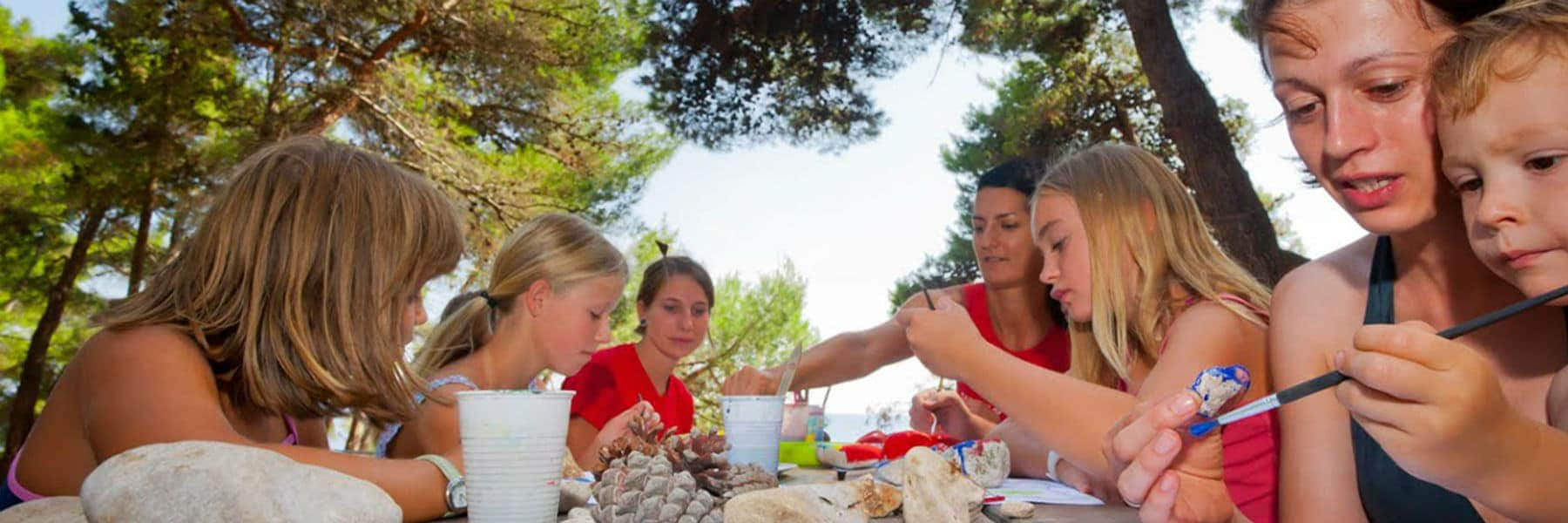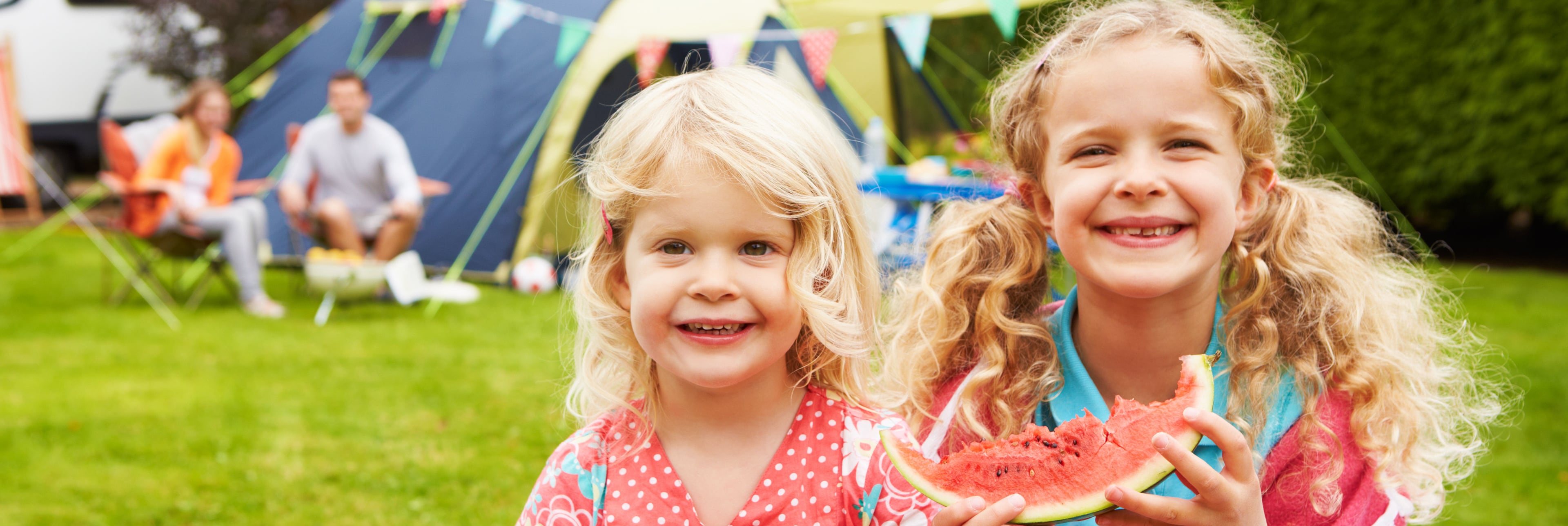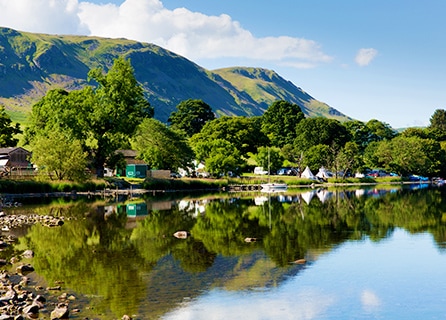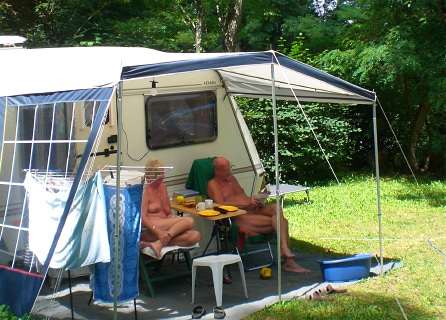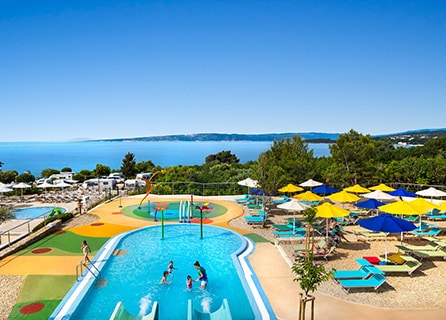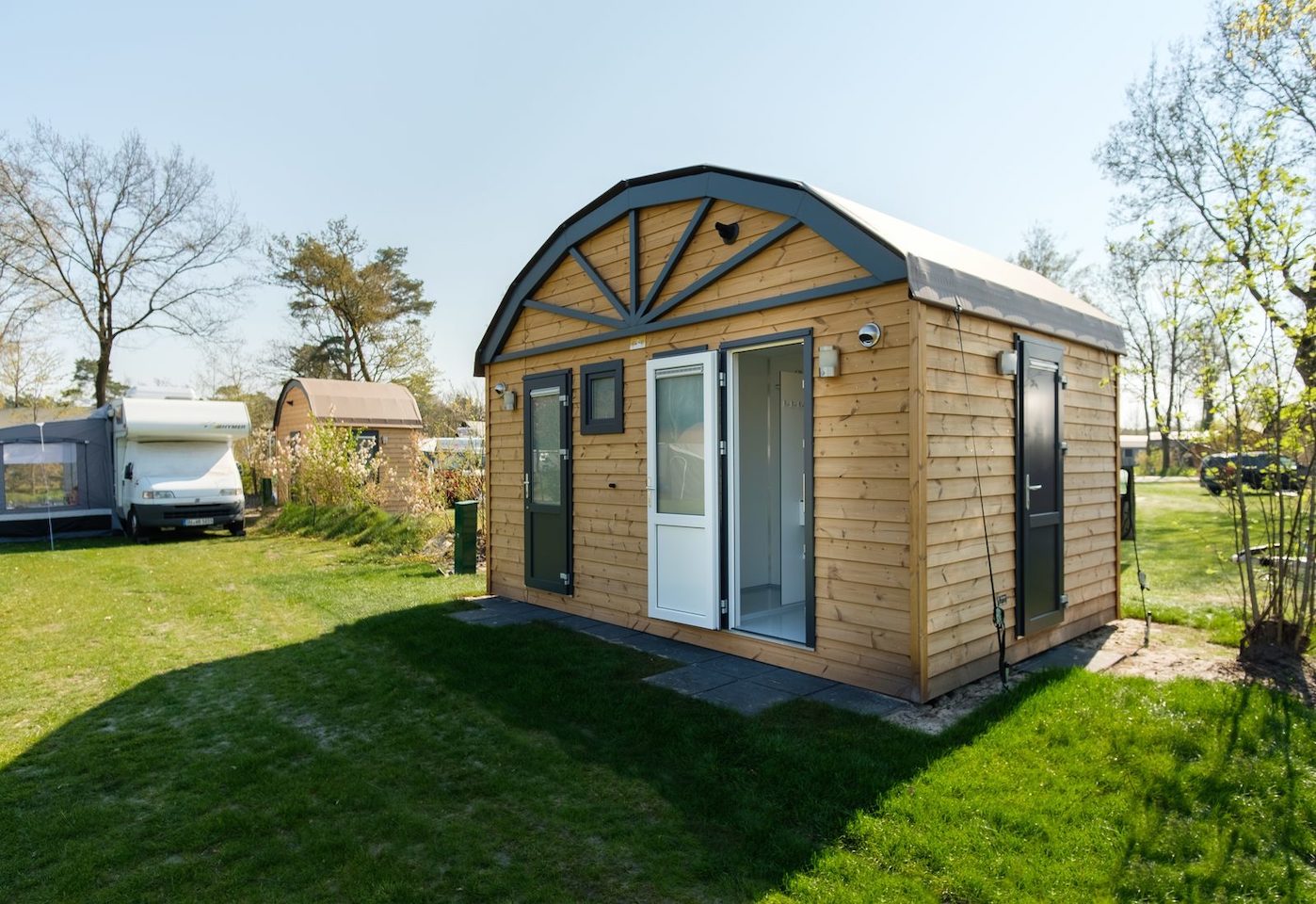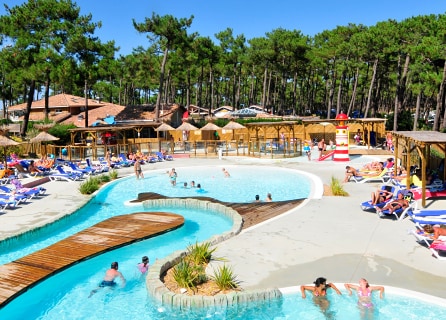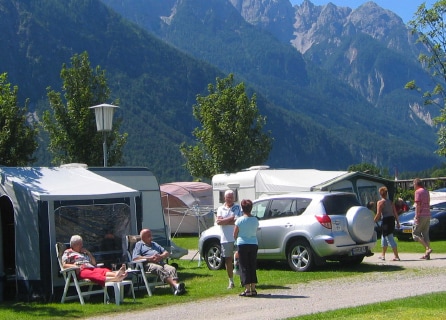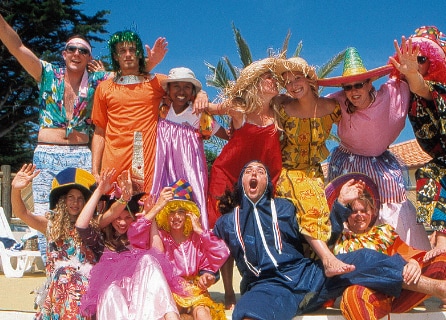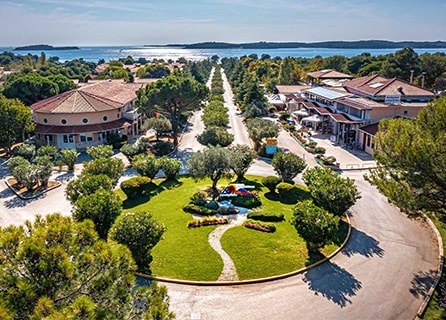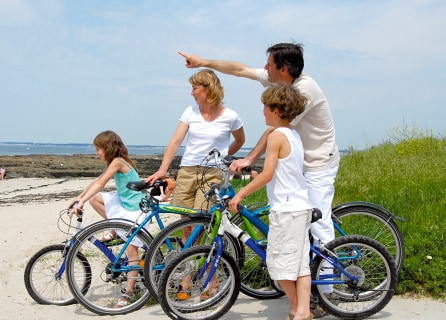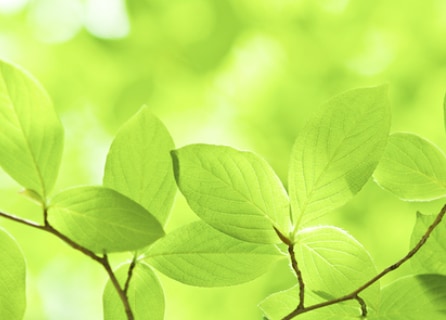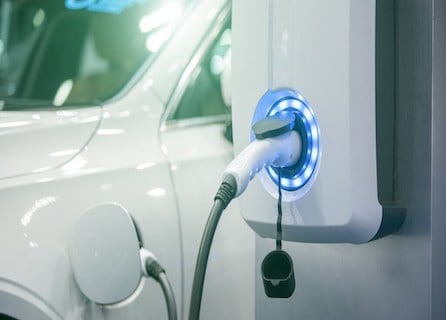
Find your campsite
Search on map
Popular destinations Netherlands
Popular campsites: Netherlands
Recreatiepark De Leistert
Netherlands - Limburg - Roggel
The amusement park De Leistert, located in Roggel in Central Limburg, is fully equipped to include all comforts. In this holiday park, you can camp...
Camping De Schatberg
Netherlands - Limburg - Sevenum
Camping De Schatberg lies in a beautiful part of North Limburg, not far from De Groote Peel. This water rich area is known for its...
Recreatiepark TerSpegelt
Netherlands - North Brabant - Eersel
Right in the middle of the Brabant countryside, next to no less than three large recreational lakes, lies TerSpegelt, a complete recreation park with entertainment...
Recreatiepark De Achterste Hoef
Netherlands - North Brabant - Bladel
Recreatiepark De Achterste Hoef is located in the middle of the North Brabant nature area of The Campine; surrounded by trees, vast fields and a...
Recreatiepark De Paalberg
Netherlands - Gelderland - Ermelo
Recreatiepark De Paalberg is in the north-west of Veluwe, close to Ermelo. It is one of the first campsites in the Netherlands. Already in 1915...
Eurocamping Vessem
Netherlands - North Brabant - Vessem
Eurocamping Vessem is a child-friendly campsite, located in a forested area in the midst of lovely Brabant villages. The campsite has a well maintained tourist...

